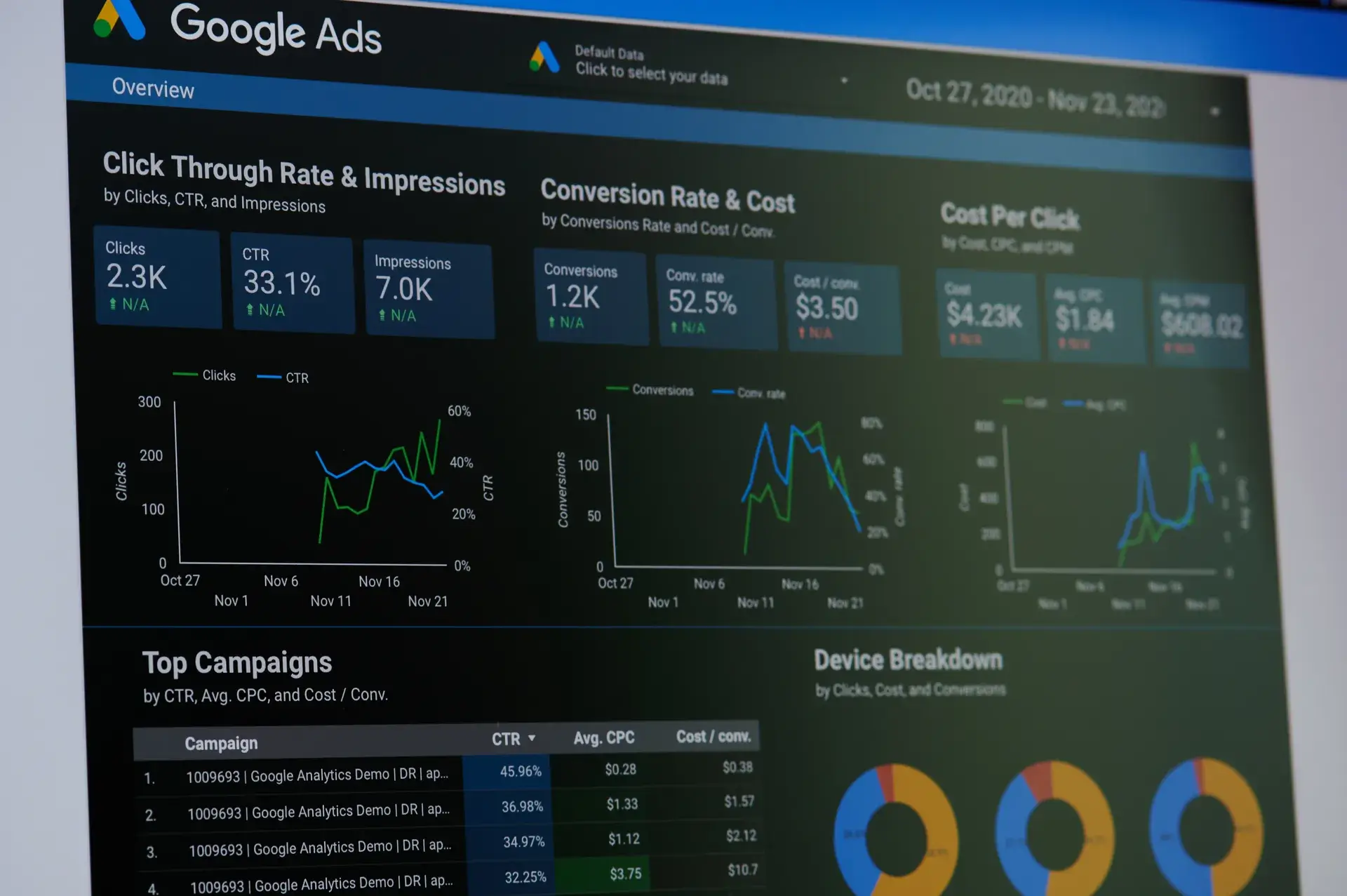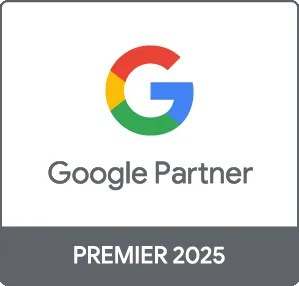Online advertising is a powerful tool for businesses looking to reach a broader audience and drive traffic. However, without effective strategies in place, you may not see the desired results. In this guide, we will discuss the best practices for online advertising that can help you optimize your campaigns, increase your return on investment (ROI), and achieve your marketing goals.
Understanding Your Target Audience
The first step to successful online advertising is understanding who your target audience is. Knowing their demographics, preferences, and online behavior will help you create tailored ads that resonate with them. Here are some tips:
- Conduct Market Research: Use surveys, interviews, and social media insights to gather data about your audience.
- Create Buyer Personas: Develop detailed profiles representing your ideal customers, including their interests and pain points.
- Use Analytics Tools: Leverage platforms like Google Analytics to analyze user behavior and demographics.
Choose the Right Advertising Platforms
Different platforms serve different audiences and purposes. Choosing the right one is essential for your ad's success. Consider the following:
- Social Media Ads: Great for targeting specific demographics; platforms like Facebook and Instagram offer advanced targeting options.
- Google Ads: Ideal for capturing intent-driven searches, allowing you to target keywords relevant to your business.
- Display Ads: These visually engaging ads can increase brand awareness across various websites and apps.
Craft Compelling Ad Copy
Your ad copy is crucial for grabbing attention and persuading users to click. Effective ad copy should be concise, engaging, and focused on the benefits to the user. Here’s how to write compelling ad copy:
- Use Actionable Language: Encourage users to take action using phrases like “Get started today” or “Discover more.”
- Highlight Unique Selling Points: What makes your product or service stand out? Ensure this is clear.
- Incorporate Keywords: Use relevant keywords to enhance visibility, particularly in paid search ads.
Optimize Landing Pages
The effectiveness of your ads also depends on the landing page where they direct users. Here are best practices for optimized landing pages:
- Maintain Consistency: Ensure the messaging in your ad matches the content on the landing page.
- Have a Clear Call-to-Action: Guide users on what to do next, whether it's making a purchase, signing up for a newsletter, or contacting you.
- Include Trust Signals: Testimonials, reviews, and security badges can help build credibility and encourage conversions.
Monitor and Analyze Performance
To improve your online advertising efforts continuously, it’s essential to monitor and analyze the performance of your campaigns. Keep track of metrics such as:
- Click-Through Rate (CTR): Indicates how effective your ad is at capturing attention.
- Conversion Rate: Measures the percentage of users who complete a desired action after clicking on your ad.
- Return on Ad Spend (ROAS): Evaluates the revenue generated for every rand spent on advertising.
Conclusion
By implementing these online advertising best practices, you can enhance the effectiveness of your campaigns, optimize your ad spend, and drive more conversions. Whether you are new to online advertising or looking to refine your strategies, focusing on audience understanding, platform selection, compelling copy, optimized landing pages, and performance analysis will lead you to success. At Prebo Digital, we offer comprehensive online advertising solutions tailored to your business needs. Contact us today to learn how we can help you achieve your marketing goals!





